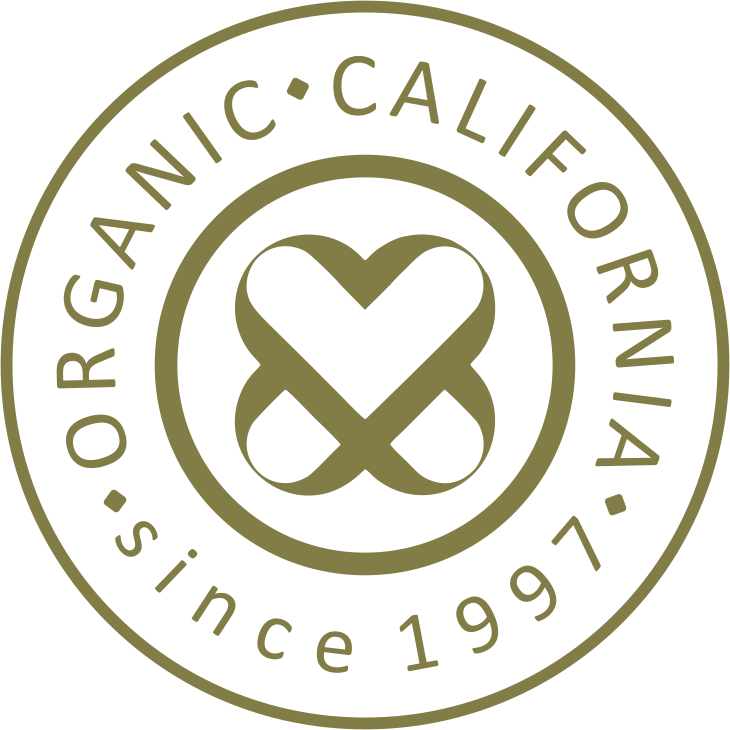Chocolate History: Unwrapping the Story of Cocoa
Chocolate’s journey from a sacred Mesoamerican beverage to a worldwide confection spans over three millennia. Exploring chocolate history reveals how ancient rituals, European tastes, and industrial ingenuity combined to transform cacao into the beloved treat we know today. Along the way, fascinating chocolate history facts—like the use of cacao beans as currency—highlight the deep cultural and economic significance of cocoa. Below is a concise chocolate history timeline followed by key milestones that shaped chocolate’s evolution.
Chocolate History Timeline: From Olmecs to Mass Production
-
Olmecs (c. 1900–900 BCE): First fermented cacao beans into a ceremonial alcoholic drink.
-
Maya Civilization (250–900 CE): Revered cacao as a sacred, spiced beverage called “xocolatl” and used it in religious rites.
-
Aztec Empire (14th–16th centuries): Employed cacao beans as currency and honored chocolate as an offering to Quetzalcoatl.
-
European Introduction (16th century): Spanish conquistadors brought unsweetened chocolate to Europe, where it was gradually sweetened with sugar and spices.
-
Technological Innovations (19th century): Invention of the cocoa press and creation of the first solid and milk chocolates by J.S. Fry & Sons and Daniel Peter with Henri Nestlé.
-
Modern Era (late 19th century–today): Mass production by companies like Cadbury, Mars, and Hershey made chocolate an affordable staple and inspired endless confections.
Ancient Mesoamerica: The Birth of Chocolate
Long before chocolate bars existed, the Maya, Toltec, and Aztec peoples cultivated cacao trees in the rainforests of Mesoamerica. They prepared a frothy, bitter drink mixed with maize, vanilla, chili, and other spices, believing it conferred vitality and divine favor. Cacao beans were so prized that they functioned as currency and appeared in burial offerings, underscoring chocolate’s sacred status in early chocolate history.
European Arrival and Early Missteps
When Europeans first tasted xocolatl in the 1500s, reactions were mixed—some dismissed it as fit only for animals, while others soon hailed its energizing effects. The Spanish adapted indigenous recipes by adding cane sugar, cinnamon, and other “hot and moist” spices to balance what they saw as chocolate’s “cold and dry” humoral properties. By the 17th century, hot chocolate had become fashionable at royal courts and coffee houses across Europe, marking a major turning point in chocolate’s global ascent.
Industrial Revolution: Solid Chocolate and Milk Innovations
The 19th century ushered in pivotal breakthroughs in chocolate history facts. In 1828, Coenraad Johannes Van Houten’s cocoa press separated cocoa butter from solids, enabling smoother, more versatile chocolate. Shortly thereafter, J.S. Fry & Sons molded the first edible chocolate bar, and in 1875, Daniel Peter and Henri Nestlé perfected milk chocolate by blending condensed milk with cocoa mass—forever changing how the world enjoyed chocolate.
Chocolate History Today: A Global Confection
From Cadbury’s English chocolate houses to Hershey’s mass‐market bars in America, chocolate has become a universal symbol of indulgence and celebration. Modern chocolate history also grapples with ethical challenges: ensuring fair labor practices, reducing environmental impacts, and maintaining quality amid ever‐growing demand. Yet the core appeal remains unchanged—chocolate still delights palates and brings people together, just as it did over three thousand years ago.












